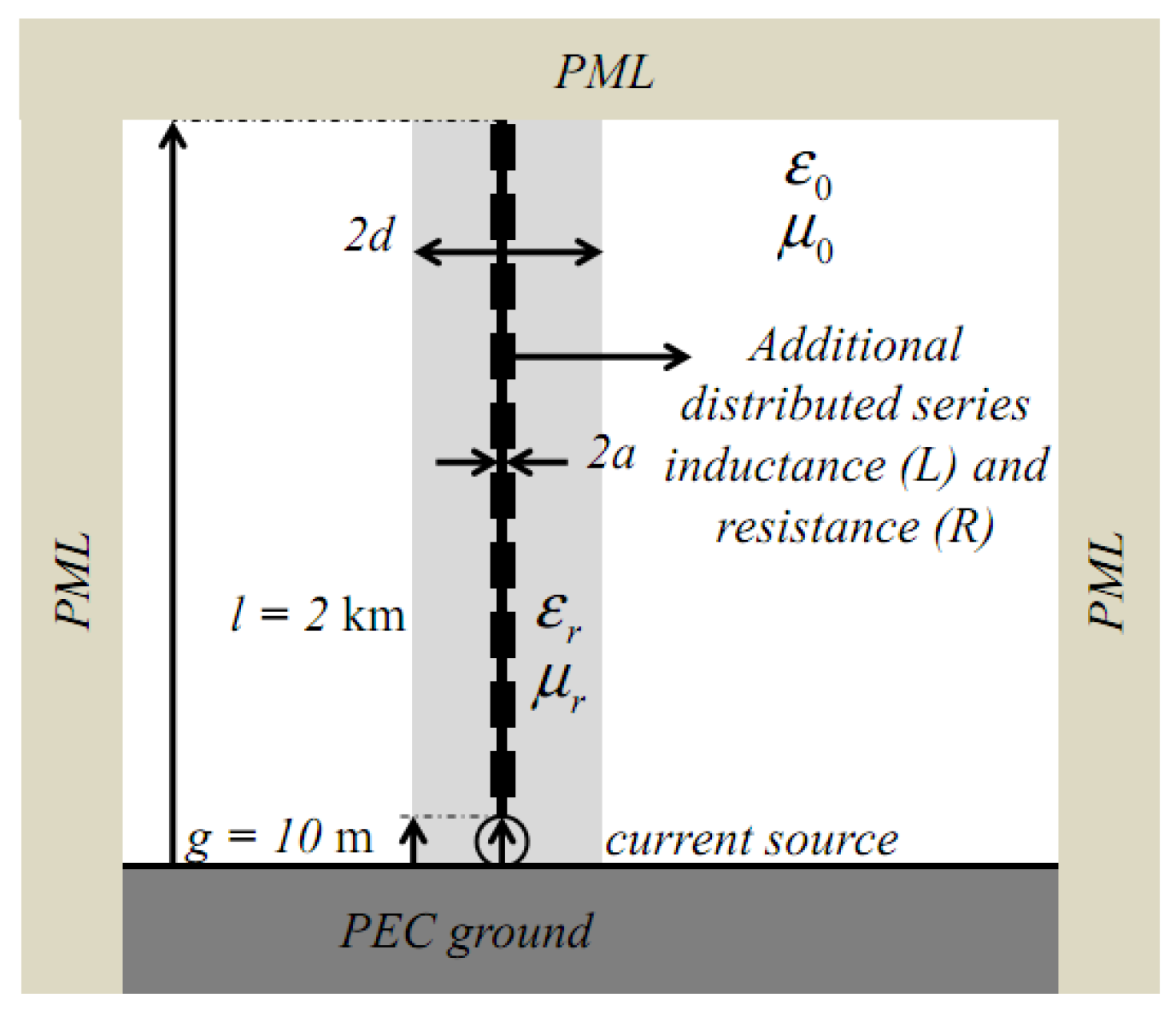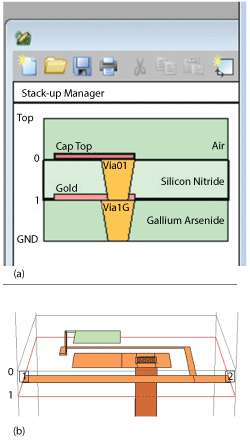
The inter-element thickness ‘ \(d_z\)’ is optimized after running parametric simulations in CST Microwave Studio. Two such asymmetric surfaces are cascaded to get the final metasurface shown in Fig.

1b creates a Fano-like resonant peak in the transmission spectrum. Creation of an asymmetry in the structure by varying the width of vertical right arm as shown in Fig. The fundamental structure constitutes a symmetric double split-ring resonator exhibiting strong electric dipole resonance as shown in Fig. Simulation studies used for the characterization of metamaterial have been performed using CST Microwave Studio platform, and experiments are conducted inside and anechoic chamber using PNA E8362B network analyzer.Įvolution of the proposed metamaterial structure is shown in Fig. The advantage is that the excited toroidal moment significantly improves magnetic field confinement for the Fano resonance resulting in high quality factor for the Fano resonant peak. Cascading the metasurface enables both inter-layer and intra-layer near-field coupling which creates dual-band toroidal dipole moments on the structure for normal incidence. The advantage of the proposed design is that only two identical cascaded layers are only required to excite toroidal dipole modes. In this paper, the authors propose the use of a novel metamaterial for realizing resonant toroidal modes in the microwave regime. It focuses on inter-cluster and intra-cluster coupling between neighboring particles to achieve dual-band response. It is interesting to observe that dual-band toroidal response could be achieved by using a single array metasurface composed of trimmer clusters of high index dielectric cylinders. Recently, toroidal resonators composed of water have been effectively used for achieving electromagnetic invisibility. An anapole resonance is characterized by a strong electromagnetic energy concentration in the near field, and hence, it can be used for energy localization. The combination of both toroidal and dipole resonances is popularly known as an anapole. It is worth mentioning that simultaneous excitation of electric and toroidal resonances could reduce the scattering cross section of the target. An interesting application of toroidal metamaterials is the ease of creation of electromagnetic cloaks. Electromagnetic toroidal excitations in nature and artificial metamaterials are well reviewed in the literature. al performed a variety of studies on toroidal dipole excitation in the microwave and THz regime. All dielectric metamaterials also support toroidal dipole excitation. Localized toroidal spoof plasmon polaritons are observed in split-ring resonators arranged in cylindrical fashion at microwave frequencies. Both Fano resonance and toroidal response can also be simultaneously excited in a stacked configuration of asymmetric split-ring resonators. Recently, toroidal metamaterials have been successfully used for sensing and switching applications. A different configuration proposed by the same group achieves Fano resonance observed in electromagnetically induced transparency system in addition to the toroidal response. used asymmetric mirrored double split-ring structure and a combination of the split ring with dogbone metalization to generate toroidal dipole resonances in planar media. One such 3D configuration is the split loop structures immersed in a dielectric medium. In conventional artificial media, a careful design procedure must be followed to suppress the excitation of electric and magnetic dipoles and to enhance toroidal dipole response. They can also be used for creating a negative refractive index medium.

Artificial media exhibiting strong toroidal excitation are used for the creation of electromagnetically induced resonant transparency. Recently, there has been an immense interest in the development of toroidal metamaterials for electromagnetic wave manipulations. The far-field scattering pattern of a toroidal dipole is indistinguishable from that of an electric dipole.

Their excitation in the nuclear system was first reported by Zel’dovich. Toroidal dipoles are exempted from classical multipole expansion theory and are caused due to the surface current circulating on a metallic torus along its meridians. The simultaneous excitation of electric and magnetic dipoles is used to tailor both magnitude and phase of transmission/reflection coefficients from a metamaterial composite. An electric dipole is created by the separation of positive and negative charges, whereas a magnetic dipole is generated by virtue of circulating currents on a composite. The classical electromagnetic theory accounts only the scattering from electric and magnetic dipoles in the multipole scattering formalism. Recent research interest has been focused on the scattering studies of a special type of excitation known as toroidal dipoles in composite metamaterial structures.


 0 kommentar(er)
0 kommentar(er)
